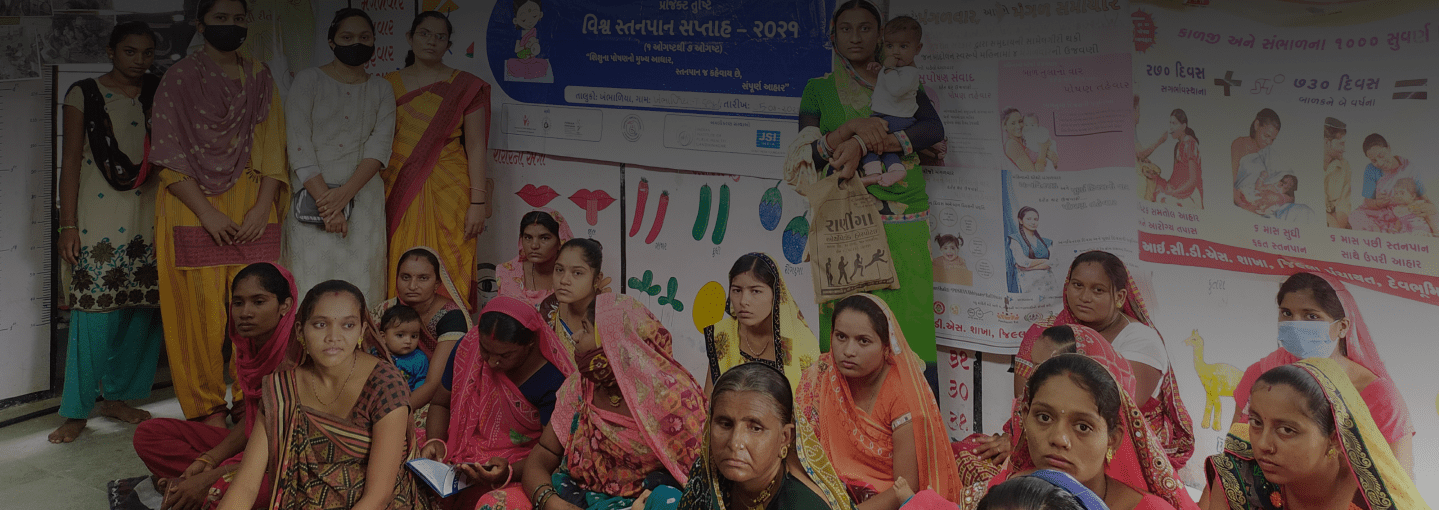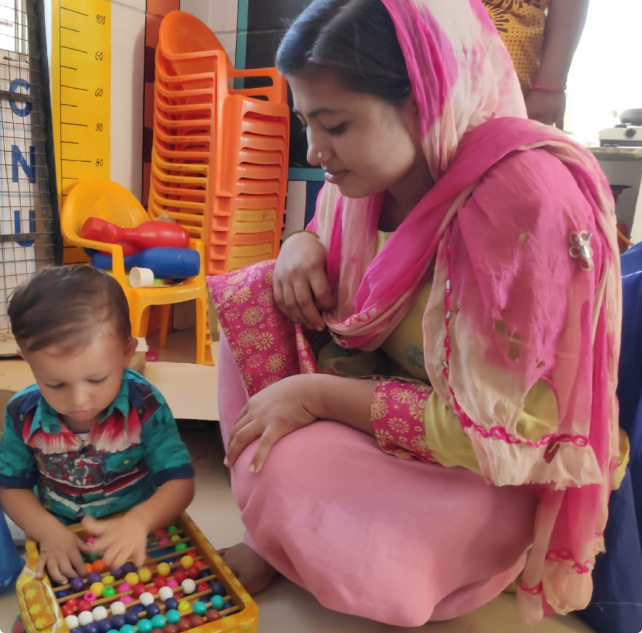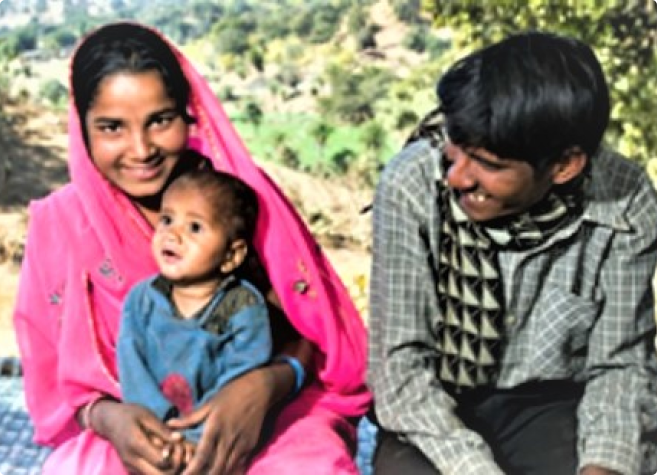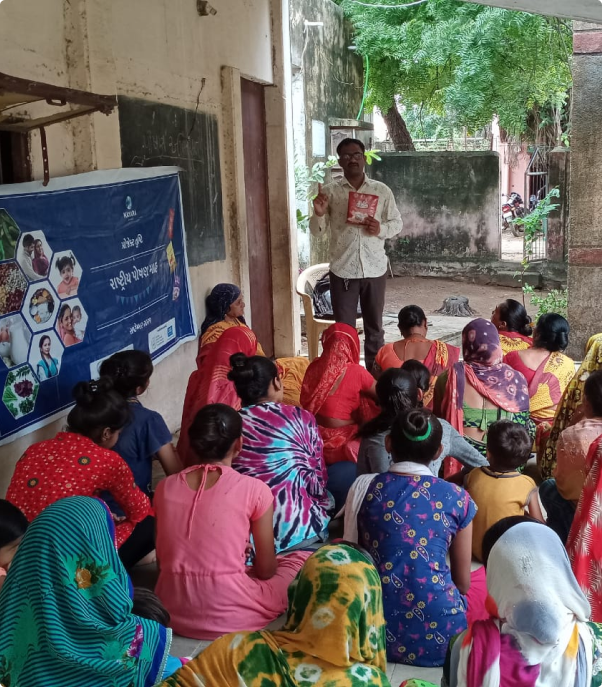
Duration
2021-2025
Donor
USAID
Implementation Partners
Consortium, including JSIPL, IPE-Global, WHP, Dimagi
Reach
Jharkhand, Uttarakhand & Madhya Pradesh
The Systems Approach for Maternal, Newborn, and Child Health, that focused on Vulnerable Geographies (SAMVEG) project, was implemented in Jharkhand, Uttarakhand, and Madhya Pradesh, focusing on 25 underperforming Aspirational districts. It was implemented by a consortium where JSIPL was the lead partner for private sector engagement activities supported by other consortium partners.
The project was premised on a ‘health systems’ improvement model with strong market systems and private sector engagement strategies under a ‘Health markets development approach’ that catalyzed change and demonstrated models by innovating responsively and for sustainability. The project interventions impacted a population of 143 million with a focus on 3.6 million pregnant women, 3.3 million newborns, and 13.4 million under-five children.

To accelerate efforts to reduce maternal, neonatal, and infant mortality through several catalytic and innovative interventions focusing on vulnerable and unreached populations.
To work closely with the government and align strategies of state and private partners for enhanced impact.
To demonstrate innovative models across the continuum of care for pregnant and post-partum women, and under-five children in selected districts of priority states.
The organization led private sector engagement activities by forming a consortium and establishing partnerships. A key priority of the project was to map critical MNCH private sector facilities for implementing a range of interventions and to develop care models that are compelling to the private sector.
The Project provided strategic technical assistance in Health Market Systems and Private Sector Engagement. It adopted a market development approach appropriate in the local context.

